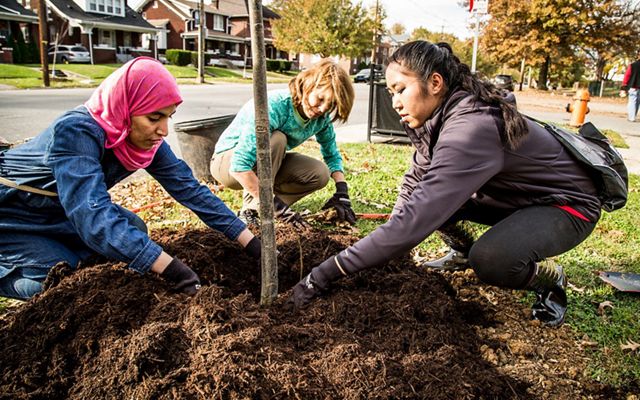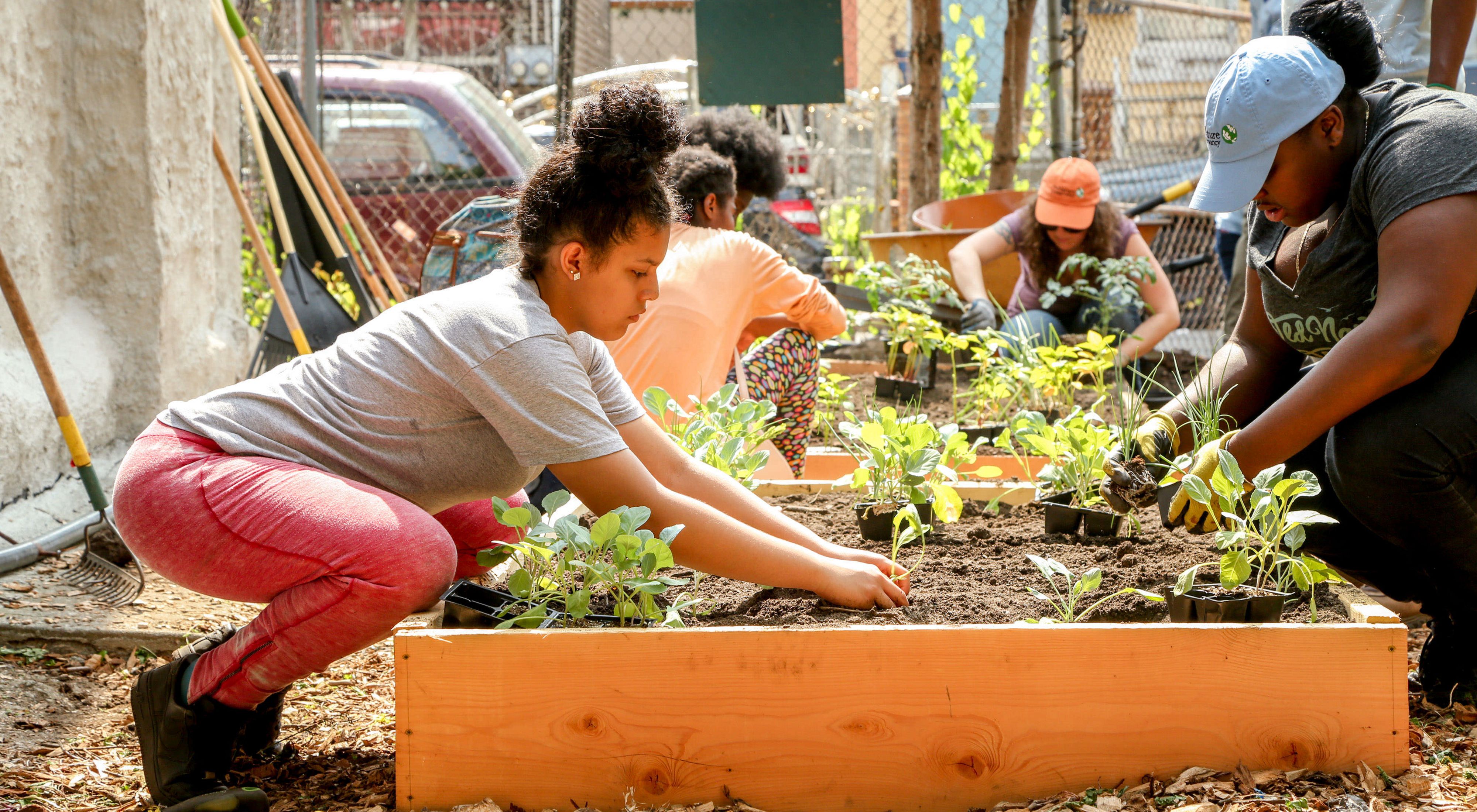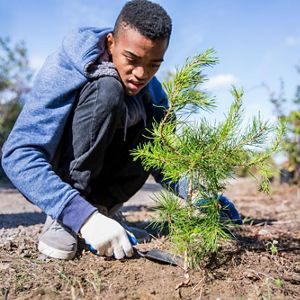How to Build a Garden
Want to start a school garden? Our lessons cover planning, building, and caring for your garden, plus a video on overcoming common student fears.

Planning Your Garden (Part I)
Having a successful and productive garden starts with a great plan. In this first How-to-Garden video, learn how to design your garden for the most impact. Maximize the sunlight, water source, soil quality, climate, and budget available to you. Watch video

Building Your Garden (Part II)
Believe it—you can build a garden in a single day. In this second video of the How-to-Garden series, you will see that creating a garden doesn’t have to be overwhelming. By following these guidelines, you will build a productive and healthy garden from the ground up in just a few hours. Watch video

Caring for Your Garden (Part III)
You’ve planned and planted; the soil, plants and structures are in place. Now what? In this third video of the How-to-Garden series, see and hear how easy it is to care for your garden. Learn about the three components of a healthy, productive garden and develop long-term maintenance strategies. Watch video

Fears in the Garden (Part IV)
Fears—everybody has them. But don’t let gardening fears stop you from enjoying the fun and the bounty. This final video in the How-to-Garden series will guide you through some of the most common fears in the garden and how to manage them. Bees? Heat? Black thumb? Not to worry—find out how you can take real steps to keep the fun going without fear! Watch video
Additional Gardening Lessons

Habitat and Pollinators
A garden provides habitat for many diverse species, small and large. In this lesson, students conduct habitat surveys in their garden to track, measure, and report on the biodiversity of their garden, exploring relationships between species and learning more about the important role of pollinators.
Watch video | Download Teacher Guide | Educator Support Video

Food and Carbon
In this lesson, students will consider different ways food is produced, transported and consumed. The two videos that accompany this lesson, The Industrial Tomato and The Local Tomato, highlight the difference in production, transportation, distribution, and quality of the two types of tomatoes.
Watch The Industrial Tomato | Watch The Local Tomato | Download Teacher Guide

How Dirt Works
Soil sustains plant and animal life, regulates water, filters pollutants, cycles nutrients and supports structures. In this lesson, students learn the value of soil and its role as a natural resource.

Community Gardens
Your garden is biologically and ecologically important, but it can also play a huge role in benefiting your community. Use this guide to help students plan community engagement events that bring your school and wider community into the garden.




